Whether you call it the IOT (Internet of Things), being plugged in, or something else, I really enjoy using connected devices. Some people will say, who needs a thermometer that saves your readings or a fitness tracker that tells you how many steps you’ve walked each day. I say why not! I don’t have the world’s best memory, so instead of writing down bits of data, I like it when the data is recorded for me automatically so I don’t have to remember to write it down myself. I’ve been using a Withings wireless scale for over five years. But now that I’m wearing a Fitbit Charge HR activity tracker on my wrist every day, I wondered how well Fitbit’s Aria Scale performs. Fitbit was kind enough to send one to me to try so let’s take a look.
Note: Images can be clicked to view a larger size.
Hardware specs
Measurement range: 20-350 lbs
Size: 12.3 x 1.3 inches
Weight: 4 lbs, 4.3 oz.
Powered by 4 AA batteries (included)
The Fitbit Aria WiFi Smart Scale is available in black or white. I was sent the black version which looks blue in these images. The top of the scale is made of tempered glass with a white on black backlit circular LCD display that shows weight and body fat percentage info.
The bottom housing is made of black ABS plastic with rubber feet.
A battery compartment houses 4 AA batteries which power the scale. Thankfully, the batteries are included in the package. I couldn’t find any info about how long a set of batteries will power the scale, but if it’s similar to the Withings scale, I would guess close to a year.
The Fitbit Aria is pretty small, so it should fit in most bathrooms. That said, my bathroom is so tiny that I don’t have floor space for it, so I ended up standing it up against the wall behind the door when it’s not being used. I didn’t think this would be an issue, but it ends up that it is… More about that later.
This scale has been designed to work best on hard flat surfaces. I did the bulk of my testing on my office laminate floor and my bathroom’s vinyl floor. The Aria uses WiFi to transmit the readings, so it requires a quick setup which consists of logging into a special Fitbit page which leads you through the steps of connecting it to your home’s wireless network. I had no problems setting up the scale to communicate with my WiFi router and have had no issues with it transmitting data.
Each scale can recognizes up to eight different people which is nice if you have a large family. I tested it with just two people. If two people using the scale are similar in weight, the scale will ask you to verify the person by showing their initials. If the scale chooses incorrectly you can just tap the scale with your foot until the correct initials are displayed on the LCD screen.
Units can be set to pounds, kilograms, or stones. Since I’m in the US, I opted for pounds.
The Fitbit dashboard that is accessed through the web shows how many pounds you have left to lose or gain for your goals.
Hovering over the tile will show the last recorded weight.
Clicking on the tile brings up a view that shows your recorded weights for the past four weeks as a graph.
You can also see your fat percentage. Remember that to record fat percentage, you have to weigh barefooted.
And BMI (body mass index) readings.
You might be wondering why my graph for weight is so erratic. That’s because the Fitbit Aria has a weird issue. I thought the scale was defective.
I placed the Withings scale side by side next to the Fitbit Aria each morning and weighed myself on both scales. Each time I’d start with the Fibit. It would always weigh me more than 3 lbs heavier than the Withings scale. I started wondering if maybe the Withings scale was not accurate. But noticed if I would get right back on the Fitbit scale a second time, the reading would then be the same or within a few tenths of a pound of the Withings reading. The image above is the Fitbit’s readings and the image below is the Withings readings for the same time period.
I got very frustrated with the Fitbit Aria scale until I figured out the issue but reading the scales FAQ on Fitbit’s website. Apparently you are not supposed to store the scale vertically:
HOW SHOULD I STORE AND CLEAN MY ARIA?
The Aria should always be stored flat. When the scale is stored vertically, the Aria must recalibrate itself before you will see accurate results again. If the scale is moved or stored vertically, it may take from to five consecutive weigh-ins for this process to occur.
Ah ha! I’d never had this issue with my Withings scale so I just assumed it wouldn’t be a problem with the way I stored it… wrong! As a result, the scale doesn’t quite work out for me since I don’t have the space to leave it flat all the time and don’t really enjoy re-weighing multiple times each morning. The Fitbit Aria scale is well made and seems accurate as long as you keep it flat.
When it’s all said and done, if floor space isn’t an issue, I’d choose the Fitbit Aria over the Withings scale because it’s $20 cheaper and the data integrates with the rest of my Fitbit data.
Source: The sample for this review was provided by Fitbit. Please visit their site for more info.
Google Review Tap Cards (3-Pack) by TapFive - Tap for Instant Reviews - All Phones Compatible - Reusable Smart Tap NFC & QR - Boost Business Reviews - Powered by TapFive (3 Card Pack)
$34.90 (as of November 29, 2025 17:53 GMT -05:00 - More infoProduct prices and availability are accurate as of the date/time indicated and are subject to change. Any price and availability information displayed on [relevant Amazon Site(s), as applicable] at the time of purchase will apply to the purchase of this product.)REVLIXI Google Review Stand -Boost Reviews w/Reusable Google Review Tap Card Stand & QR Code Stand- No App or Subscription - Android & iPhone Compatible-Boost Google Reviews for Online Growth
$24.89 (as of November 29, 2025 17:53 GMT -05:00 - More infoProduct prices and availability are accurate as of the date/time indicated and are subject to change. Any price and availability information displayed on [relevant Amazon Site(s), as applicable] at the time of purchase will apply to the purchase of this product.)Product Information
| Price: | $129.95 |
| Manufacturer: | Fitbit |
| Pros: |
|
| Cons: |
|


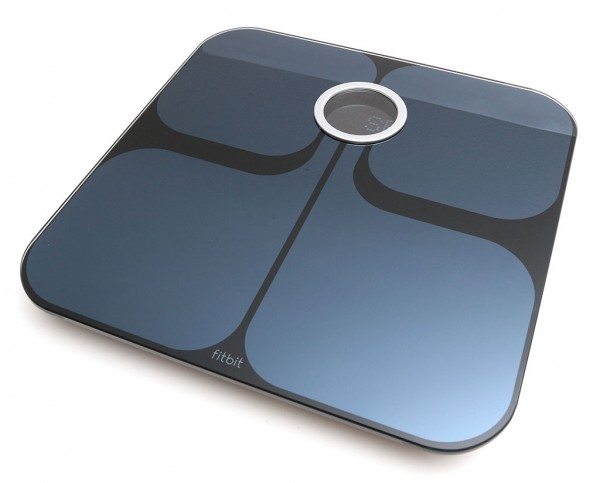
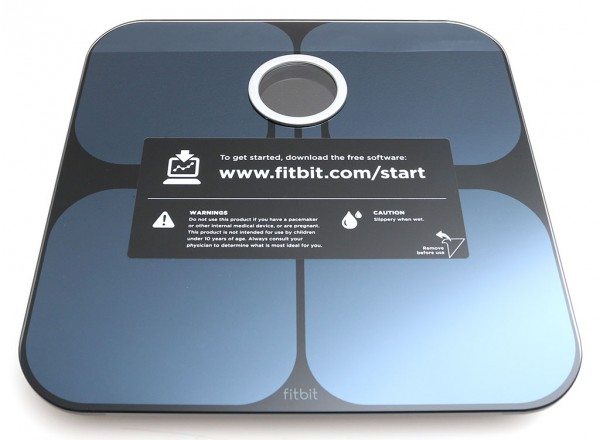
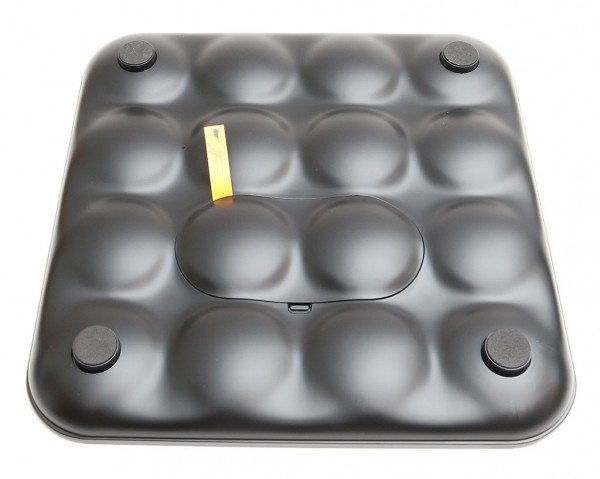
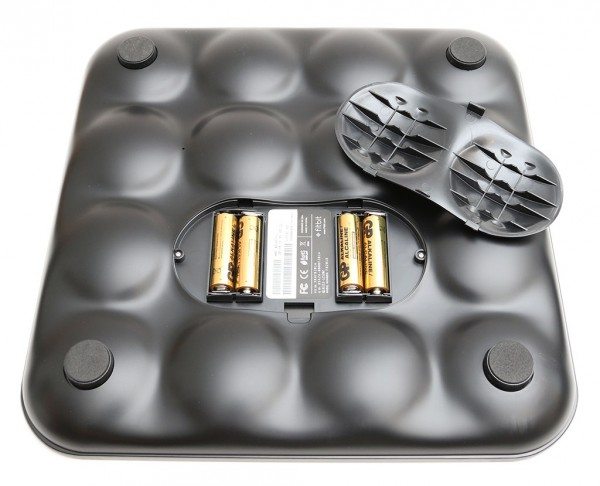

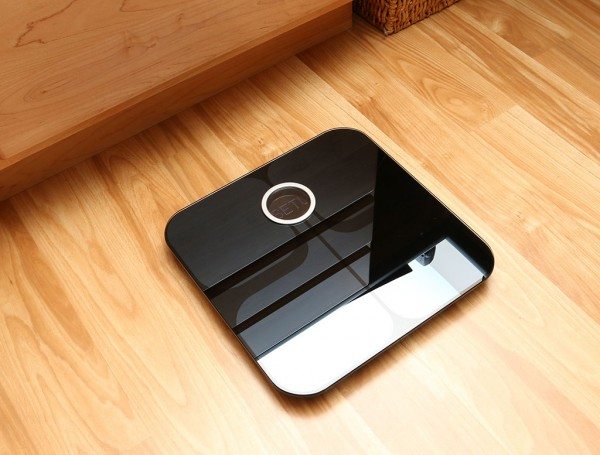
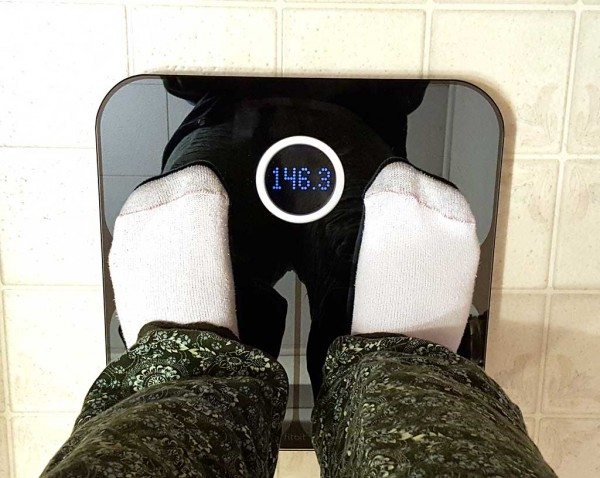
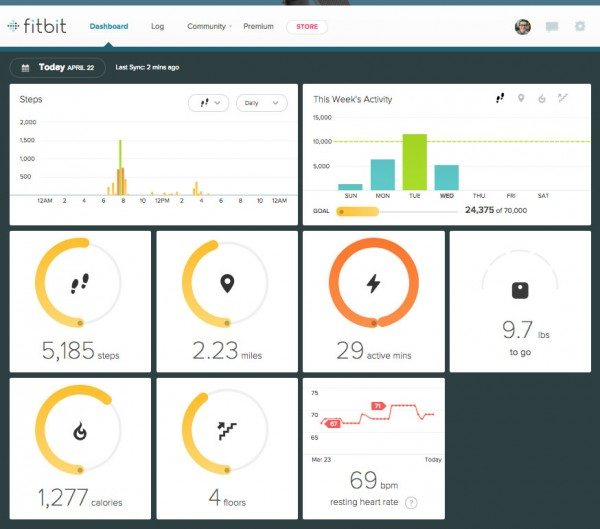


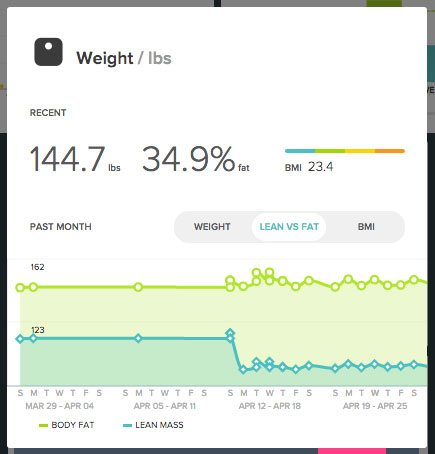
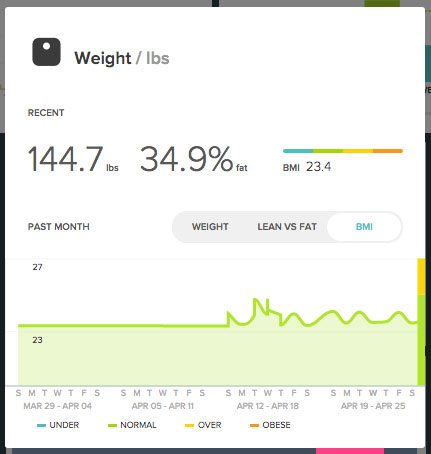
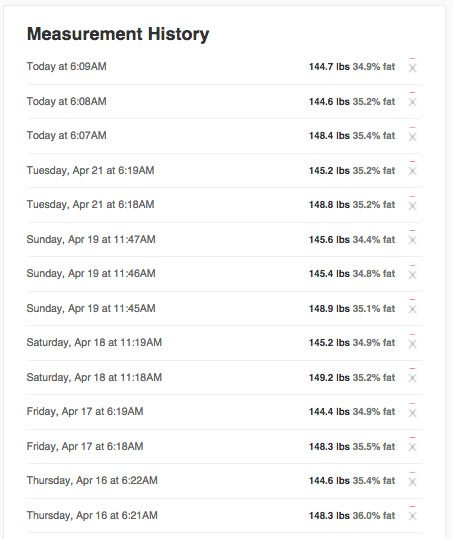
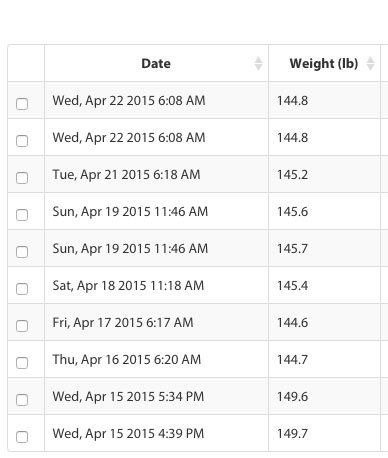


Gadgeteer Comment Policy - Please read before commenting
Have had the aria for over two years. I have had zero issues and specifically, appreciate the long battery life and the wifi reach (master bathrooms can be the furthest from the office in some homes). The integration fitbit has done with the aria and fitness bands is unparalleled. Their software is the best out there and really makes the difference. I don’t think any standalone product wireless or not can stand in front of what fitbit have achieved. In fact, the charge HR still firmly has a place on my wrist even in front of the iWatch.
@MBG I agree that Fitbit’s integration is the best right now. I’ve always been a big Withings fan, but they seem to be out of the game these days.
I still like my $20 scale which I’ve been using for over 15 years. Works great all this time.
@Julie – Easy to check if yours are correctly weighing you by weighing yourself with and without a standard weight like a dumbbell. See if it scales up correctly. I always check mine with a 20lb dumbbell. =)
@Jackie I did exactly that with a 15lb kettle bell on the Withings scale. It didn’t work on the Fitbit because I found out later that it has a minimum weight of 25lbs. So I just used the Withings readings for comparison.
@Julie – Weigh yourself on the Fitbit holding the extra 15lb kettle bell to see if your weight increases exactly 15lbs.
@Jackie the Fitbit is accurate. The whole issue was that I had been storing the scale vertically against the wall. When you do this and try to weigh yourself the first time is off by 3+ pounds but subsequent weighing are fine.
That’s disappointing news about vertical storage. I’ve been using a non-smart Sharper Image weight and fat % scale for probably 15 years so would like to upgrade. But if I left a scale flat on the bathroom floor a cat would probably sleep on it!
But in case I do go for it anyway (maybe I can clear space on the wire shelves in the corner) have you or any readers tried it on a floor tiled in 1-inch squares? My current scale is okay on that, but has 2″ dia. feet.
@Betty I am pretty sure it will work fine on your tile floor. The feet are about an inch across, so it should sit firmly.
@Julie you had no problem setting it up on your home network – what is your network ISP & settings? I’m seeing a lot of complaints on the Fitbit Aria forum about using it with Comcast/Xfinity (which I have) because the Aria is using the older 802.11b wifi network, not g or n. So you apparently have to change both the Comcast router default settings from g/n to b/g/n and also the password encryption from PA/WPA2-PSK (TKIP/AES) to WPA2-PSK (AES).
I have a T1 line with a Cisco router and an older Apple Extreme wifi router connected to it. I didn’t have to do anything special to set it up. My old Apple Extreme probably does not have 802.11g or n. I’d have to look though… which I can’t do at the moment since I’m at work.
@Betty @Julie Ditto this! It really has nothing to do with the ISP itself. The Aria just won’t connect to most current WiFi routers by default. I’ve had an Aria since it first launched, and it’s served us well, but I’d always have a rough time getting it connected every time I switched routers. I finally figured out that it was because it only supports 802.11b (introduced in 1999… hello!), and newer routers don’t support that out of the box. You have to change your router to support a standard that’s almost 15 years old to get the Aria to connect, and doing so actually slows down every other device on your network. I’ve pretty much decided to switch to a Withings (which supports 802.11n) as soon as I can catch a deal.
P.S. Love the reviews Julie (especially on the TickrX). Keep them coming!
@Ryan Ok that makes sense. My older Apple Extreme WiFi router probably does have 802.11b enabled by default because I don’t think it has g or n 🙂
Thanks for the compliment on the reviews, but I didn’t write the one for the TickrX That was Kathleen. 😀
@Julie My bad! I actually meant the reviews in general, but I like yours too 🙂 Keep up the good work!
Aria can’t handle a 5 GHz network.
When I got a new Apple WiFi, I had to create a second non-5 network that the Aria could see.
@Sandee my Apple Extreme does 5GHz and it works fine. I didn’t need to create a new network.
@Julie,
Not what I meant. The out-of-the-box Extreme does 5GHz. But the Aria can’t see that network. I had to create a second non-5GHz network tied to the Extreme. The Aria sees that.
My Apple extreme uses 5GHz and 2.4GHz. It switches between them without any intervention from me. My Aria is most likely connecting via 2.4GHz since it’s one floor and several feet away from the router in the basement. I didn’t have to create any special networks.
How accurate is the measured data?
For example: Highest Weight Accuracy: ?; Weight Increments: ?;
Body Fat Increments:?